Share this
Six Titans of Aerospace and Defense M&A
by Stephen Perry on 07/02/2024
 The aerospace and defense industry is an ever-evolving landscape of large and small companies jockeying to add value to their customers and upend their competitors. Mergers and acquisitions have been a formidable tool in shaping the industry. A handful of leaders stands out for their adept use of mergers, acquisitions, divestitures and spinoffs. They are ranked here alphabetically. Dollar amounts are in then-year figures and not adjusted for inflation.
The aerospace and defense industry is an ever-evolving landscape of large and small companies jockeying to add value to their customers and upend their competitors. Mergers and acquisitions have been a formidable tool in shaping the industry. A handful of leaders stands out for their adept use of mergers, acquisitions, divestitures and spinoffs. They are ranked here alphabetically. Dollar amounts are in then-year figures and not adjusted for inflation.
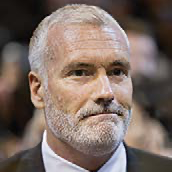
Mark Donegan
Donegan joined Precision Castparts Corp. (PCC) in 1985 and became CEO in 2002. Upon taking the reins, he stated that “buying companies is going to be our primary objective.” During Donegan’s tenure, PCC has made more than 35 acquisitions, including Titanium Metals Corp. ($2.9 billion) and Wyman-Gordon ($825 million). In doing so, Donegan transformed PCC from a relatively unknown company to an aerospace and defense powerhouse with leading positions in castings, forgings, fasteners and machining. Based on 16 merger and acquisition (M&A) deals for which financial terms were disclosed, Donegan completed more than $10 billion in acquisitions. Post-closing, he was reported to be a hands-on CEO with a ruthless adherence to cost reduction. In 2016, Warren Buffet’s Berkshire Hathaway acquired PCC for $37.1 billion (more than 40% above what Boeing paid for McDonnell Douglas in 1997, adjusting for inflation). In 2021, Berkshire Hathaway announced an $11 billion write-down on its PCC investment.
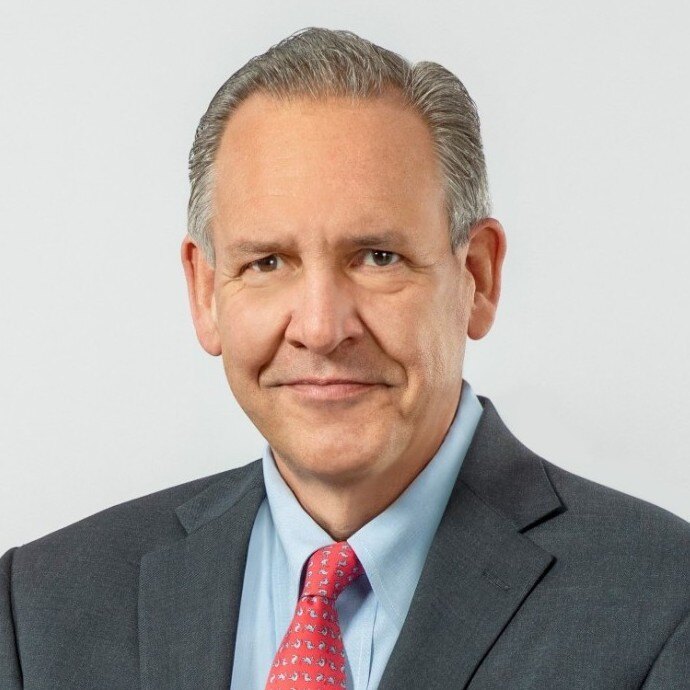
Greg Hayes
Hayes started his career at Sundstrand in 1982. Sundstrand was acquired by United Technologies Corp. (UTC) in 1999 for $4.3 billion. Hayes ascended to become chief financial officer of UTC (now RTX) in 2008, CEO in 2014 and chairman in 2016. He retired as CEO this year but remains executive chairman. Since 2011, he completed more than 20 M&A transactions, including the merger of UTC and Raytheon ($137 billion), acquisitions of Goodrich ($18.4 billion) and Rockwell Collins ($30 billion), divestiture of Sikorsky Helicopter ($9 billion) and the spinoff of Carrier ($14.7 billion) and Otis Elevator ($20.5 billion). UTC narrowly missed acquiring Honeywell for $40 billion in 2000, and in 2016 Hayes thwarted Honeywell’s quasi-hostile proposed $90.7 billion merger with UTC.
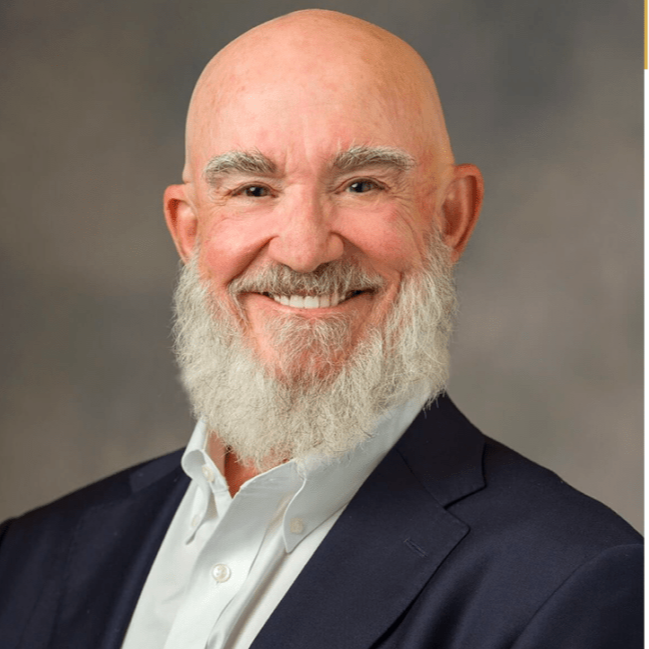
Nicholas Howley
In 1993, Howley, Doug Peacock and Kelso & Co. acquired four underperforming manufacturing businesses from IMO Industries. Thus TransDigm was born. TransDigm was recapitalized by Odyssey Partners and Warburg Pincus and filed an initial public offering (IPO) in 2006. Since TransDigm’s inception, Howley has acquired over 90 businesses, including McKechnie Aerospace ($1.3 billion), Esterline Technologies ($3.9 billion) and CPI Electron Devices ($1.4 billion). Howley took a run at acquiring Meggitt in 2021, offering more than $9.7 billion, but later bowed out. Today TransDigm boasts revenue of $7.3 billion and a market capitalization of $74 billion. Since its 2006 IPO, the company’s stock has increased by a 26% compound annual growth rate (CAGR).
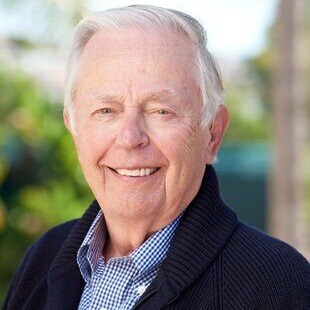
Kent Kresa
Following the 2001 collapse of a merger between Lockheed Martin and Northrop Grumman due to antitrust concerns, Northrop was reported to be in trouble. “We could close our doors and just go out of business,” then-Chairman and CEO Kresa told The Los Angeles Times. “Or we could reinvent ourselves.” He chose the latter. Northrop went on to make 16 acquisitions, including TRW ($7.8 billion), Litton ($5.1 billion), Westinghouse Defense ($3.6 billion), Newport News ($2.6 billion) and Ryan Aeronautical ($140 million). During Kresa’s tenure, the company’s revenue increased from $5 billion to more than $28 billion. He retired in 2003.
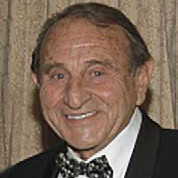
Frank Lanza
In 1997, Lanza, Robert LaPenta and Lehman Brothers formed L-3 Communications to acquire 10 operating business units from Lockheed Martin, with $650 million in revenue and 4,900 employees, for approximately $500 million. In 1998, L-3 filed an IPO on the New York Stock Exchange and embarked on an acquisition spree. Over the ensuing decade, Lanza completed 24 acquisitions, assembling a defense electronics powerhouse. Asked in a 2000 interview what his next move was, Lanza quipped, “We’re gonna go buy Lockheed.” He died unexpectedly in 2006 before fully implementing his agenda. Over Lanza’s tenure, L-3’s revenues grew at a 43% CAGR, reaching $12.5 billion in 2006.
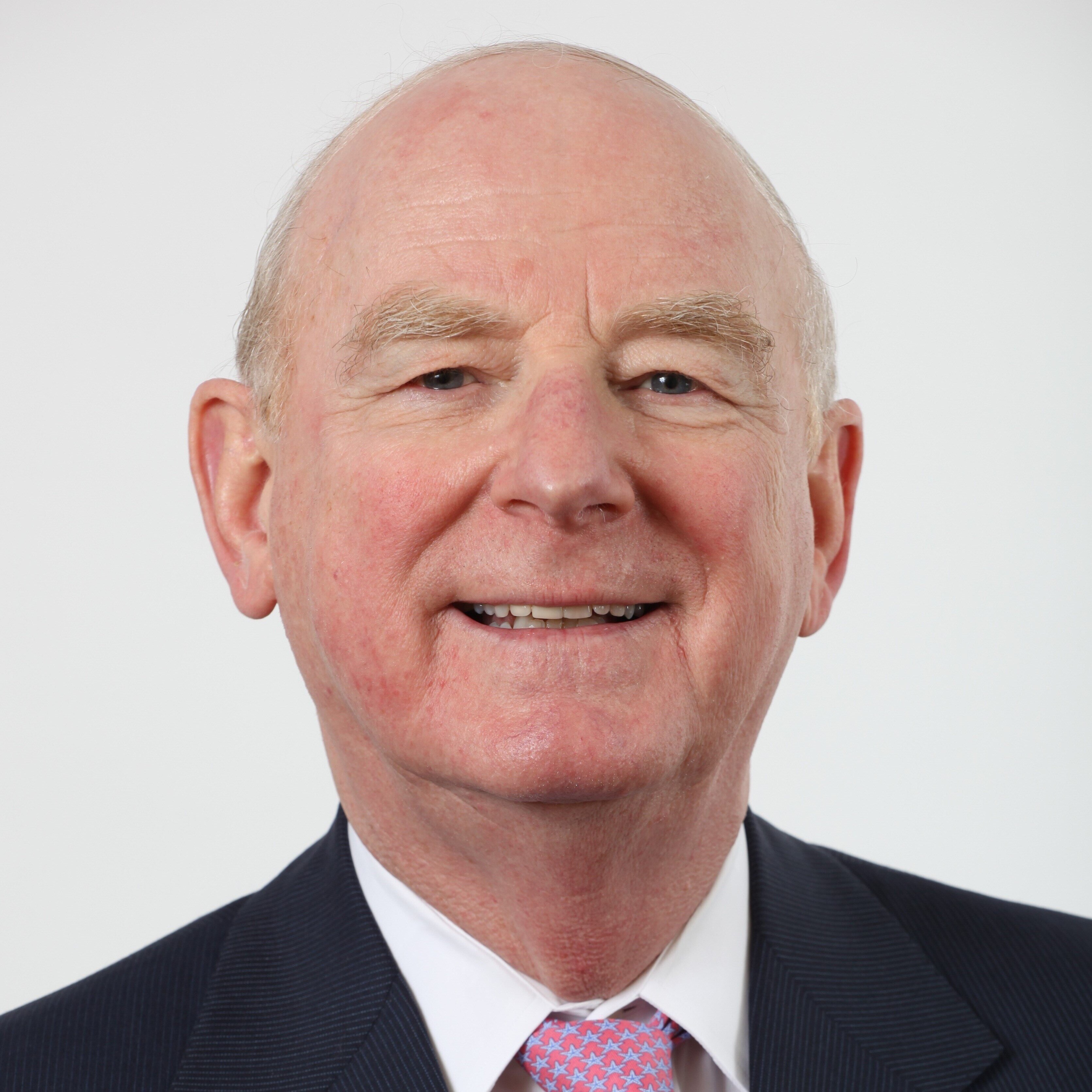
Larry Mendelson
Mendelson acquired control of publicly traded HEICO Corp. in 1990. At the time, it was a fledgling operation with a market cap of just $25 million. Mendelson subsequently embarked on a remarkable M&A journey, transforming HEICO into an aerospace and defense aftermarket parts and electronics leader. To date, HEICO has completed more than 100 acquisitions, including the recent acquisition of Wencor for $2 billion from Warburg Pincus. HEICO now has more than 10,000 employees, approximately $3.2 billion in annual revenue and a market capitalization of $26 billion. According to Forbes magazine, HEICO is one of the “hottest stocks of the past 30 years.”

